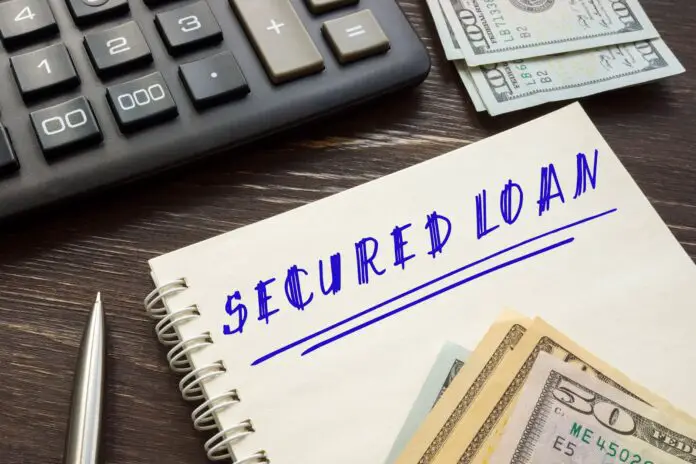Secured loans, an integral part of the financial system, are a type of loan backed by collateral, assets that the lender can claim if the borrower defaults on the loan. This detailed exploration delves deeper into secured loans’ nature, providing statistics, data, and unique insights.
Definition and Basics of Secured Loans
At the heart of a secured loan is collateral, an asset pledged to the lender to ensure loan repayment. If the borrower defaults, the lender can seize the collateral, sell it, and recoup their money. These loans can range from mortgages backed by real estate to auto loans secured with the purchased vehicle.
Types of Secured Loans
Mortgage Loans
Mortgages are the most common type of secured loan, usually utilized to finance real estate purchases. In 2021, approximately 63% of American households owned their homes, with the majority financed through mortgages.
Auto Loans
Auto loans are another popular type of secured loan. As of 2021, there were around 113 million auto loans in the United States.
Secured Personal Loans
Less common but still widely used are secured personal loans. These loans can be backed by various assets, including savings accounts or certificates of deposit.
Benefits and Risks of Secured Loans
Secured loans offer several advantages over unsecured loans. They often have lower interest rates, longer repayment terms, and larger borrowing limits because of the reduced risk for lenders. However, the primary risk is asset loss in case of default.
Key Statistics on Secured Loans
According to the Federal Reserve, as of Q3 2021, the total amount of secured loan debt in the U.S. was approximately $14.56 trillion, with mortgages comprising about $10.04 trillion.
In comparison, auto loan debt was around $1.37 trillion, while the total value of secured personal loans was significantly lower at about $165 billion. This data demonstrates the massive role secured loans play in consumer finance.
Important Factors
When considering a secured loan, key factors include the loan’s interest rate, term length, monthly payments, and the loan-to-value (LTV) ratio. An understanding of these factors can help borrowers make informed decisions.
Loan-to-Value Ratio
The LTV ratio is a crucial element in secured loans. It represents the loan amount compared to the value of the pledged collateral. For example, an 80% LTV on a $250,000 home means the loan is for $200,000.
High LTV ratios can be riskier for lenders, often leading to higher interest rates for borrowers.
Secured Loans and Credit Scores
A borrower’s credit score is an important factor in securing a loan. Higher credit scores can lead to lower interest rates. It’s worth noting that successfully repaying a secured loan can improve your credit score over time.
Conclusion
Secured loans play a vital role in the world of finance. While they offer many benefits such as lower interest rates and larger loan amounts, they also come with the significant risk of asset loss in case of default.
Always consider all factors, including the loan’s interest rate, term, monthly payments, and LTV ratio. It’s also beneficial to understand how your credit score impacts your loan prospects. Secured loans, while beneficial, demand careful consideration due to the risk of collateral loss. However, they remain a cornerstone of the financial landscape, helping millions of consumers achieve their goals, whether buying a home, or a car or meeting other financial needs. It is crucial to understand all the ins and outs before taking out a secured loan.
The main advantage of secured loans is that they often come with lower interest rates compared to unsecured loans. This is because the lender faces less risk since they can recoup their losses by selling the collateral if the borrower defaults on the loan. However, there is a significant risk for the borrower as they could lose their pledged asset if they fail to make timely loan payments.
On the other hand, unsecured loans do not require collateral, but they usually come with higher interest rates as they pose more risk to the lender. Credit cards, personal lines of credit, and some personal loans are examples of unsecured loans.
It’s essential for borrowers to carefully consider their financial situation and ability to repay the loan before taking on any type of debt, whether secured or unsecured.


The content Team Writer is one of the writers from our team of content writers. The Business Goals blog is expanding day by day and we need more writers and brand ambassadors for promoting our media website. If you are interested contact your portfolio through the Write for Us page.


















































